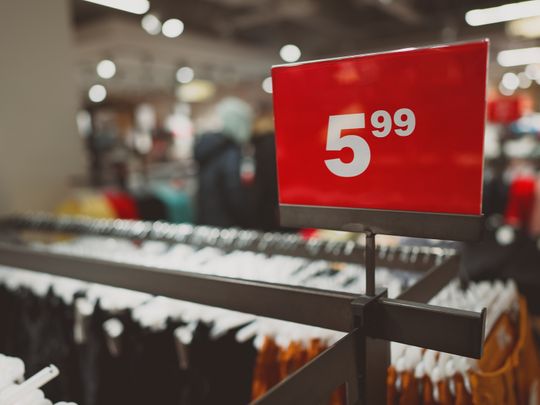
Dubai: Have you ever wondered why prices tend to end in 9s and .99s, and what retailers are trying to communicate to you as a shopper when prices end with other numbers as well? Here’s a look at the psychology of pricing strategies implemented by retailers and how it affects shoppers and their finances.
“The .99 in prices of items, particularly seen during sales, is a signal to consumers that either means that the offer is a great bargain, or it sends a signal that an item is a great value and possibly the lowest price available,” explained Ayesha Noorani, a retail industry researcher based in Abu Dhabi.
“Sale prices end in 9s and .99 so often that shoppers associate these numbers with a markdown even when the starting price contains a 9. Consumers also tend to place more emphasis on left digits than right ones, and they’ll ignore the least significant digits rather than do the proper rounding.”
“I like to think I round Dh19.99 up to Dh20 rather than mentally truncating the last two digits to Dh19,” agreed frequent shopper Shanu Thomas, who works as a corporate lawyer and resides in Dubai. “But I’ve come across many among my family members who retain the first two numbers only, possibly because they’ve gotten used to .99 as a price ending.”
Prices ending ‘.99’ has now become a default strategy
Research suggests prices ending ‘.99’ are now a go-to default strategy as retailers price items as DhX.99 to send the message that an item is a great buy and has been recently marked down. Or they simply use it as a blanket pricing rule and end all prices with .99 to match pricing schemes of most competitors.
“In situations where items can be sorted by price, such as e-commerce and real estate databases, using Dh1.99 or Dh399,999, for example, allows the seller to keep an item in certain price bands or break points unavailable to those charging Dh2.00 or Dh400,000 for similar items,” said Noorani.
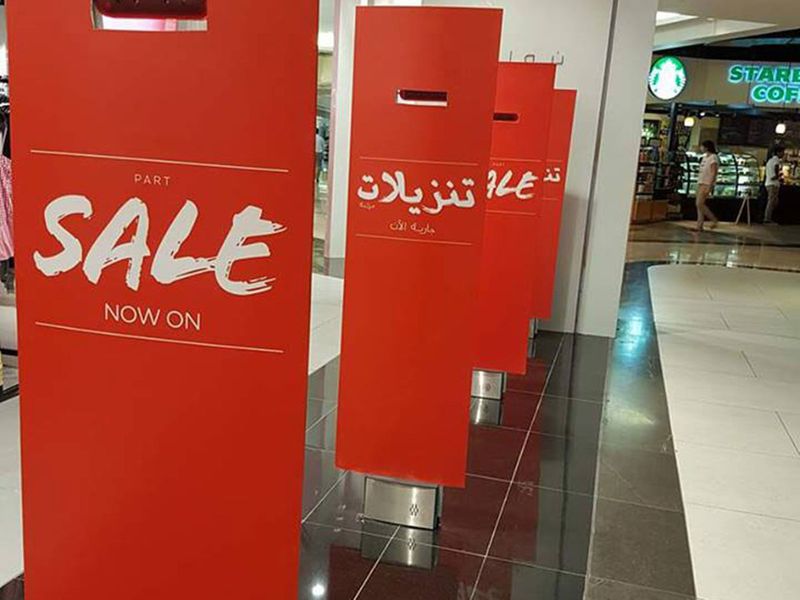
“Also, research also suggests that sellers use 0s and .00 to convey that products are of premium quality. From the buyer's perspective, these prices seem arbitrary, not reflecting cost but rather the seller's preference. That is the message intended by those selling luxury and high-end brands.”
For example, a designer handbag would be priced at Dh625.00, not Dh624.99; similarly, a premium chocolate truffle assortment will go for for Dh36.00, not Dh35.99. The seller can, theoretically, name a price rather than be subject to criticism among consumers for lower pricing.
Noorani also added that some mid-range retailers also use .00 for standard pricing and .99 for sale pricing. Still others use .00 for higher-end product lines but retain fractional pricing (e.g., .99 or .97) for valued product lines.
I like to think I round Dh19.99 up to Dh20 rather than mentally truncating the last two digits to Dh19
Differentiating pricing power of 4 and 7 when shopping
Furthermore, uncommon prices ending in 4s or 7s tend to be seen as precisely priced items. The signal is that the seller has scrutinised its costs and determined the optimal price, fair to both the seller and buyer.
“Certain companies may also use non-standard pricing (that is, avoiding the use of 9s and 0s) just to be different, with retailers selling certain items for Dh1.74 or Dh294 rather than Dh1.99 or Dh299,” added Noorani, who went on to explain why that is.
“Pricing that ends in anything besides a ‘9’ (not just 4 and 7) typically stands out to the buyer. Some sellers adopt certain endings as a pricing model. Some global retail giants, for example, end many of its prices in 8, positioning itself as just a tad less expensive than retailers that price items ending in 9.”

From a consumer or shopper’s standpoint, the key is to recognise that numbers influence your habits and have meaning based on previous shopping experiences and retailers' tactics. Knowing these tactics the next time you shop will give you better insight to your money being spent more prudently.
“Compare prices to make sure you are getting a bargain. Don't assume that anything priced at Dh19.99 is a great deal,” said Dubai-based financial planner Andrea Barber, who is licensed to coach people on money-related matters and issues with spending. Here’s how two UAE residents weigh in on this.
While a regular shopper like Thomas agreed she has got into a habit of comparing prices closely, another resident Evelyn Damos, who runs a pet clinic in Abu Dhabi, admitted that while she profits from comparing prices when shopping at retailers, she often rounds up prices to their nearest lower number.
Processing prices digit-by-digit may backfire for shoppers, as it can actually lead to more unintended spending
How does such pricing affect shoppers and retail entrepreneurs?
In their widely denoted research article published in the Journal of Marketing Research (2020), US-based professors Tatiana Sokolova, Satheesh Seenivasan, and Manoj Thomas examined this question at the reputed Cornell University.
The authors noted that the major takeaway from their research is that just-below pricing is more likely to work when shoppers evaluate multiple prices side by side, instead of comparing a given price to a reference price retrieved from memory.
“Left-digit pricing will be more effective during promotions when consumers see the compared prices on the same tag and are more likely to make side-by-side price comparisons,” the authors noted.
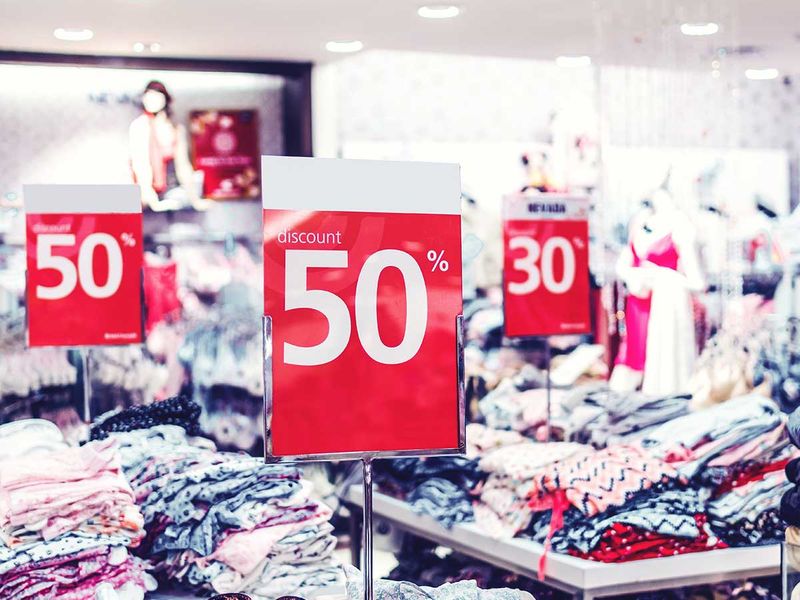
Take, for example, a price of a bottle of peanut butter. The original price may be Dh3.49, but when it goes on sale for Dh2.99, printing its original price on the same price tag can make the discounted price more attractive than presenting only the discounted price.
While there are benefits associated with the 99-pricing strategy, the authors also caution retailers or business owners against blindly applying it. For example, reducing product prices from Dh3.00 to Dh2.99 may encourage more purchases, but it also imposes a decrease in the net margin.
“Adopting the 99-pricing strategy could backfire when this reduced margin is not offset by increased sales. This can be especially detrimental for major retailers operating in high-volume, low-margin categories, where the increase in demand needs to be rather sizable,” the authors further noted.
How does such pricing strategies affect shoppers and their spending?
So, what does this mean for shoppers? “They would be well advised to stop comparing prices digit-by-digit. Many consumers may be inclined to do so because it creates the feeling of being more accurate and thorough,” added Barber.
“But processing prices digit-by-digit may backfire for shoppers, as it can actually lead to more unintended spending, and some consumers may be more susceptible to the impact of such retailer-induced pricing bias than others.”
For example, the authors of the above-mentioned marketing research also found that shoppers who are less knowledgeable about product prices are less likely to retrieve the reference prices from their memory.

So compared with those who have better price knowledge, these shoppers are more likely to rely on perceptual representations of prices and, ultimately, are more vulnerable to the influence of the left-digit bias.
“I have noticed that like me, a couple of my friends often don’t keep track of single-digit change in prices at our regular nearby shops, but there have been instances when we are quick to buy items when prices vary starkly at different retailers especially with discounted sales offerings,” revealed Damos.
“That’s when I realised I’ve gradually turned very biased towards discounts and how I then tend to overspend. So, I now make a rough mental sketch of prices, and not discounts, but mostly when it comes to pricier items and not low-priced products that don’t make much difference for me financially.”
Key takeaways
The practice of pricing products a few fils below round amounts has been prevalent for almost a century. Retailers set prices at, for instance, Dh2.99 instead of Dh3.00, expecting to benefit from consumers’ tendency to anchor their price magnitude judgments on left-most digits.
The price evaluations made by shoppers are influenced by what is known as ‘left digit bias’, wherein the difference between Dh4.00 and Dh2.99 is most often judged to be larger than that between Dh4.01 and Dh3.00, even though the numeric differences are identical.
As explained earlier, this is because shoppers also tend to place more emphasis on left digits than right ones, and they’ll ignore the least significant digits rather than do the proper rounding.
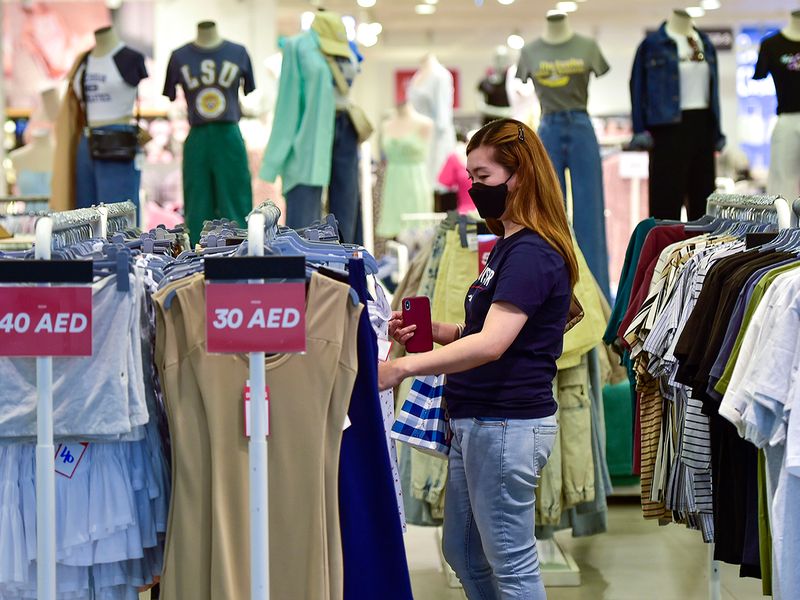
For example, one global study surveyed 1,415 advertisements from 43 different retail giants and found that about 50 per cent of them promoted prices ending in 9 or 5. Another survey asked respondents worldwide to estimate how much items they could buy with $73 (Dh268).
They were first presented prices ending in .00, then repeated the process with process ending with .99. Across all conditions, the respondents estimated they could afford to buy more when prices ended in .99.
In response against this pricing bias implemented by retailers, while financial planners advise shoppers to never assume that items priced at DhX.99 is always a bargain, a widely-accepted solution is simply to compare prices, particularly when it comes to costlier products – even if one doesn’t closely track them.






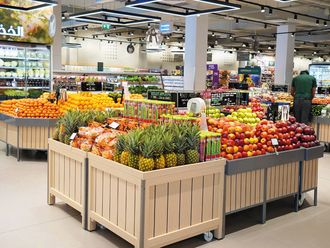



_resources1_16a30b358e0_small.jpg)

